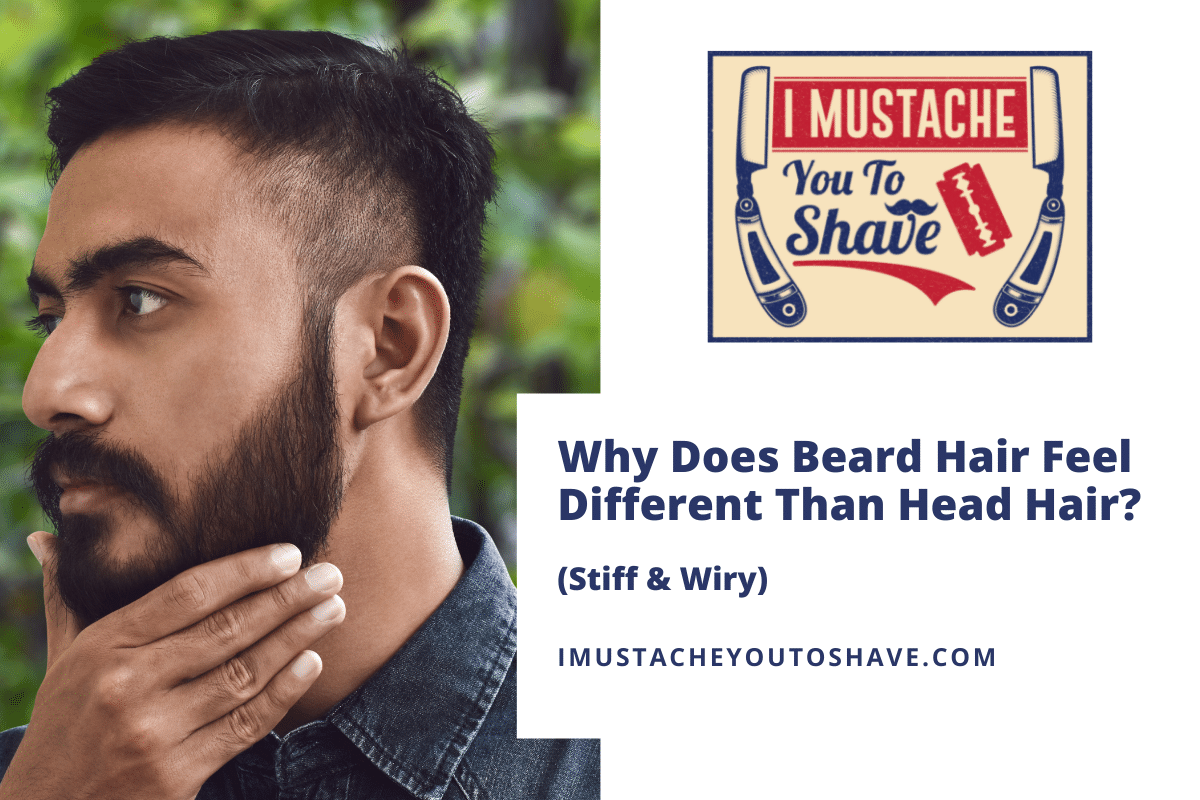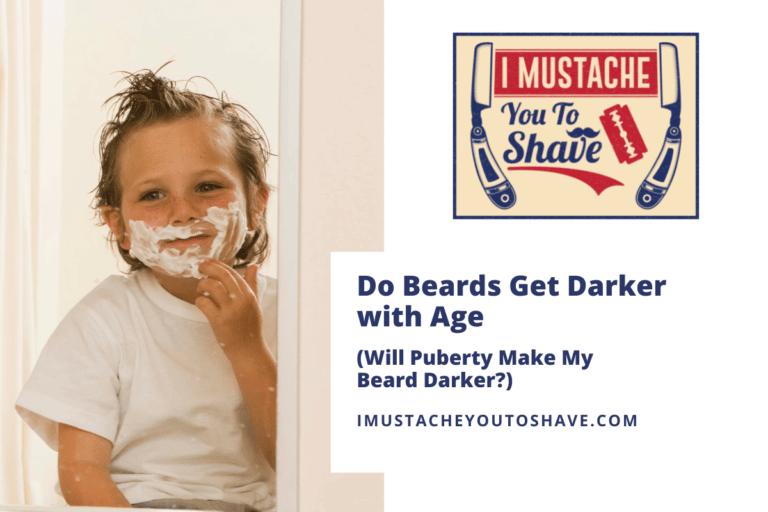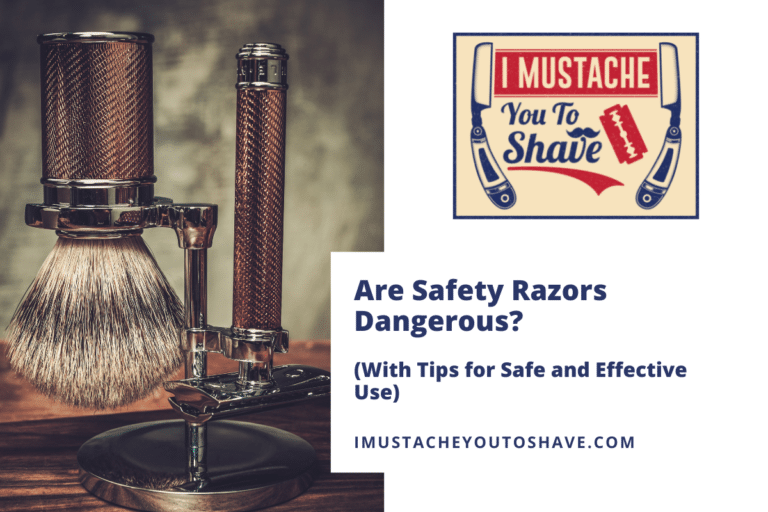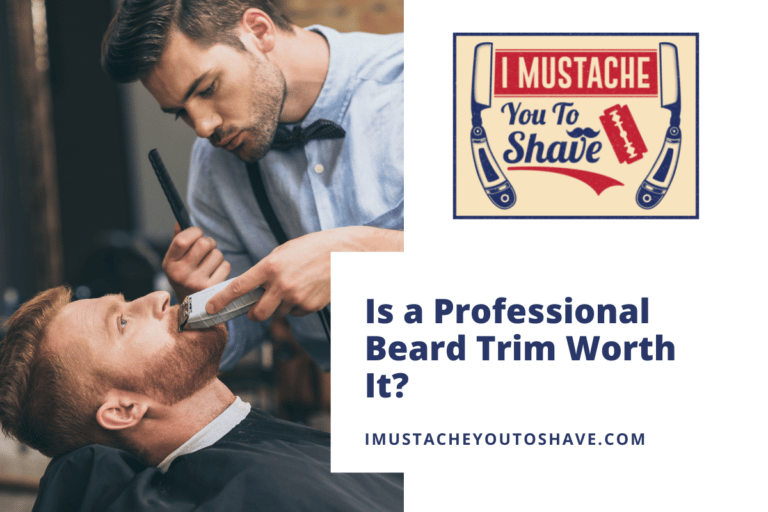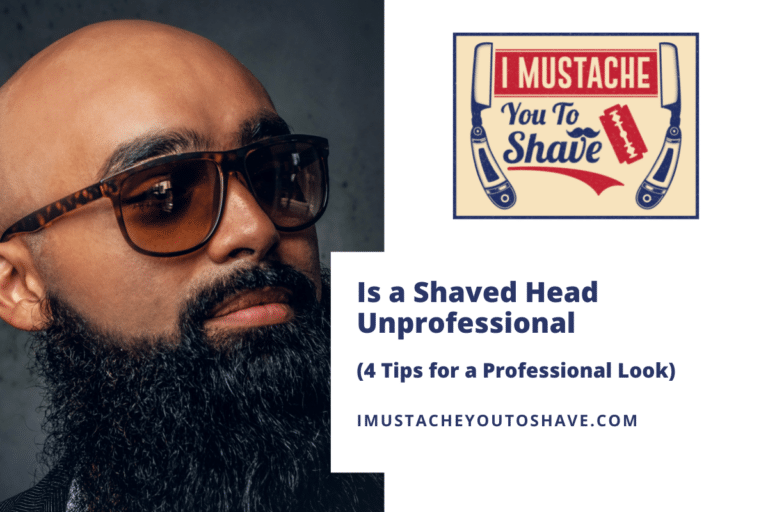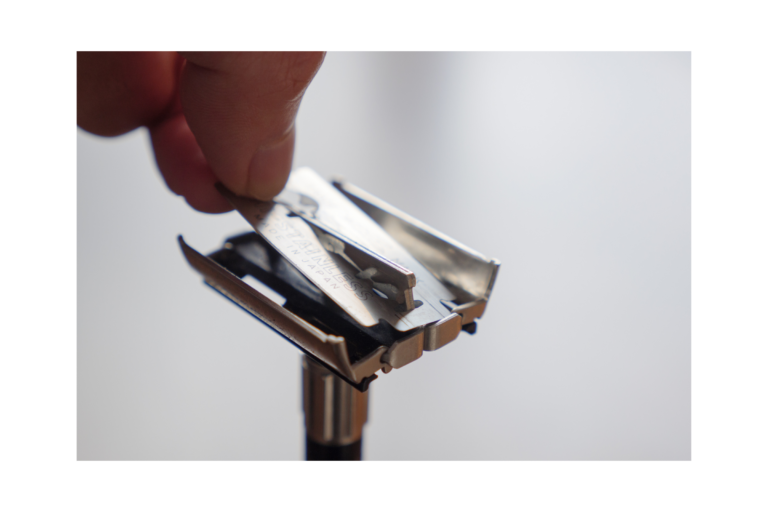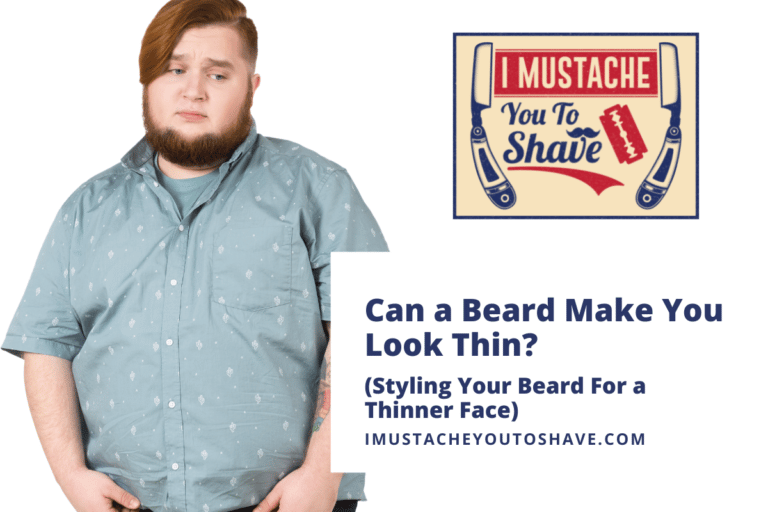Why Does Beard Hair Feel Different Than Head Hair? (Stiff & Wiry)
You have straight hair on your head, but your beard hair is stiff and wiry. How can this be? Why does beard hair feel different than the hair on your head?
Beard hair feels different than head hair because it has its own shape and thickness. These structural differences in the follicle tend to make beard hair curlier, more apt to tangle, and more susceptible to dryness. Facial hair is androgenic, a type of hair that arrives at the onset of puberty and is affected by testosterone; head hair is controlled by genetics.
To learn more about the distinct differences between beard and head hair as well as some tips to soften and straighten unruly hair, read on!
What is the difference between beard hair and head hair?
Hair is hair, right? Wrong! The hair on your face is very different from the hair on your head.
The unique structural characteristics of androgenic hair make beard hair different than head hair. Cross-sections taken of both beard and head hairs show that beard hairs are irregular in shape while head hairs are more circular and uniform. Beard hairs are also thicker than head hairs due to testosterone.
Men’s facial hair is a secondary sex characteristic controlled by androgens. This means the hair follicles are stimulated by the androgenic hormone, testosterone, and converted into dihydrotestosterone. Underarm and pubic hair also fall into this category.
The hair’s shape will affect its texture. Round hair strands grow straight out of the skin while oval or irregular strands tend to be curlier. Different areas of the face can produce different shaped hair strands increasing the irregularities. If you have curly hair on your head, the strands will be more oval than circular, however, they will keep uniformity across your scalp.
Both the hairs on your scalp and the hairs on your face go through four stages: anagen, catagen, telogen, and exogen. Each follicle produces its own hair strand which must go through each stage.
Hairs located at different locations on the body complete the growth stage at different rates. Your genetics also play an important role in the speed at which each stage is completed.
Why are some of my beard hairs stiff?
Do your beard hairs have a mind of their own? Stiff, tangled, and pointing in every direction?
Beard hairs are thicker than head hairs so they feel coarse and stiff. Facial hair also dries out easily. Environmental factors and the products used to clean your beard can contribute to stiffness and dry texture.
A loss of moisture can significantly increase the stiffness of your facial hair. Luckily, this can be partially remedied with proper hydration. Studies show a 30-65% reduction in beard stiffness when properly nourished.
Why is beard hair so thick?
How is it possible that a man can have a bald head yet have a full, thick beard? Facial hair is hormone-dependent while scalp hair is not.
Androgenic hairs are thicker than non-androgenic hairs due to the presence of testosterone and their larger diameter. Genetics and ethnic background also affect the thickness of your beard.
As far as hair anatomy goes, beard hairs have more cuticle layers than their scalp hair counterparts. This results in diameter two times greater than non-androgenic hairs.
Why is my beard hair so wiry?
Does your beard look unkempt and wiry? There’s a reason for that.
Beard hair has a thick hair shaft leading to wiry hairs. The curlier the hair, the more twisting and turning it goes through resembling a mess of wires.
There is speculation that the angle of hair growth can also affect the wiriness of beard hair. Facial hair grows at a lower emerging angle than scalp hair. This is responsible for an increase in ingrown hairs and pseudofolliculitis barbae.
Beard hair vs head hair under a microscope
To understand the differences between beard hair and head hair, it’s helpful to understand the microscopic variances between the two.
Beard hair and head hair look drastically different when viewed under a microscope. Microscopic cross-sections of beard hair show irregular shapes like triangles, ovals, ellipses. Microscopic head hairs are rounder in shape and more uniform.
Hair can be identified as male, female, human, animal, or by body location using a microscope. Each hair type has its own shape and distinguishing characteristics.
Fun Fact: Hair was first used as criminal evidence over one hundred years ago. Hair is useful in forensics because it’s unique to each person, absorbs chemicals well, and is resistant to decay.
What is beard hair made of?
While beard hair growth is activated by testosterone, the hair shaft itself is made up of the same materials as scalp hair.
Beard hair is made of dead keratin cells. Keratin is a protein that gathers in the hair follicle forming the root. As these cells multiply, the dead cells are pushed up through the skin forming the visible hair shaft.
Studies show there are differences in the types and number of keratin proteins found in beard hair versus scalp hair. Beard hairs include both hair keratins and epithelial keratins.
Is beard hair the same as pubic hair?
Is beard hair simply pubic hair on your face? This might sound gross, but yes it is!
Beard hair and pubic hair are both androgenic. They appear at puberty due to the influx of testosterone. Both beard hairs and pubic hairs have almost identical hair follicles.
Both your face and pubic area contain a higher number of sebaceous glands. The hair follicles are nestled in these glands, so the hair emerging in both places is similar in appearance and texture.
How to soften a stiff beard
Are you using the same products on both your head hair and facial hair? This could cause your beard to dry out and become stiff. Soften your beard with products formulated for beard hair.
While some beard stiffness is part of the hair composition, you can soften a dry, stiff beard by replacing moisture with one of these products:
- Beard butter – Great for hydrating and styling your beard, a beard butter has a consistency between oil and butter. It adds shine and tames frizz. Butters contain a mix of oils and shea butter.
- Beard balm – Usually made from beeswax, a beard balm has a firmer consistency than beard butter and is great for smoothing and styling coarse, long beards.
- Beard oil – Similar to balms and butters, beard oil is the liquid form of beard moisturizer. It’s used to not only nourish and moisturize beard hair but also the skin underneath. The oils used can be coconut, argan, or even melted shea butter.
- Beard conditioner – Conditioning is important to keeping hair soft, moisturized, and tangle-free. Don’t use your hair conditioner on your beard as it can contain harsh chemicals and preservatives. Beard conditioners are formulated to do double-duty and soothe sensitive facial skin while treating any flakes.
How to straighten a wiry or curly beard?
Are you tired of a wiry, curly beard?
Here are some steps you can take to tame your wiry or curly beard:
- Blow it out – Grab a blow dryer and give your beard a blowout. Pointing the dryer straight down as you brush your beard can help straighten the hairs so they will take on a more pleasing angle. Don’t use high heat and make sure to blow a cool shot of air at the end. This helps to seal the hair shaft.
- Use a boar bristle brush – Use a boar bristle brush to straighten and smooth out a wiry beard. The natural boar bristles condition your beard hair and help distribute oils evenly.
- Use a beard straightener – If you really want to straighten unruly beard hair, use a beard straightener. This is a heated brush made specifically for a man’s beard. To protect the hair from heat damage it’s a good idea to apply a heat protectant first. Then, brush slowly from top to bottom to smooth and straighten the hair.

